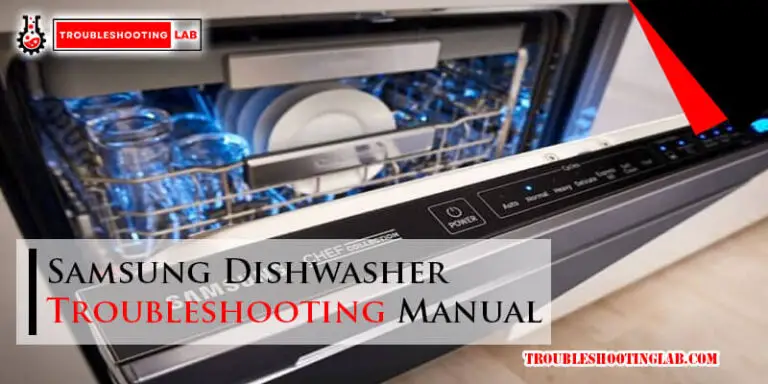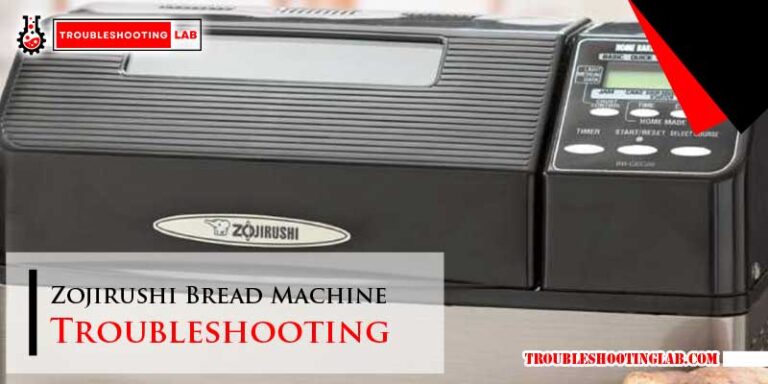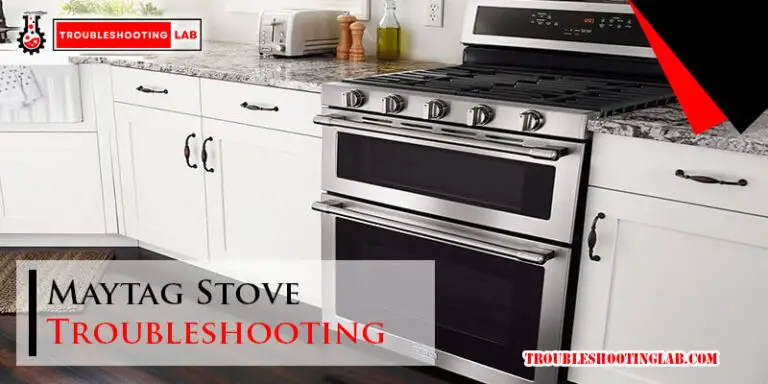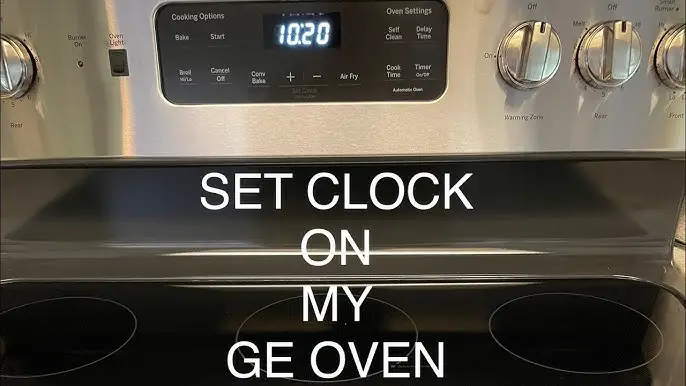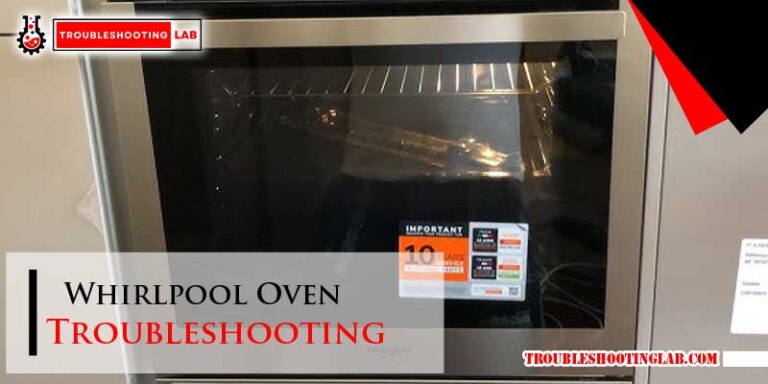Whirlpool Dishwasher Troubleshooting: Expert Fixes
Your Whirlpool dishwasher is a crucial part of your daily routine, making clean-up after meals a breeze. But what happens when it doesn’t work as expected?
Frustration sets in, and suddenly, a mountain of dirty dishes awaits your attention. You’re not alone in this struggle, and finding solutions is closer than you think. Imagine transforming your kitchen chaos back into order with simple, effective troubleshooting tips.
Whether it’s a stubborn door, draining issues, or an unusual noise, understanding the root of the problem can save you time and stress. Dive in, because mastering your dishwasher’s quirks will not only resolve your current issues but empower you with the confidence to tackle any future hiccups.

Credit: www.youtube.com
Common Issues
Whirlpool dishwashers are designed to make your life easier, but sometimes they can run into issues that leave you frustrated. Understanding these common problems can save you time and money on repairs. With a little troubleshooting, you can get your appliance back to its optimal performance. Dive into these typical issues and see if you can relate to any of them.
Dishes Not Getting Clean
Have you ever opened your dishwasher, expecting spotless dishes, only to find food residue still clinging to them? It’s a common issue with Whirlpool dishwashers. Ensure you’re not overloading the racks. Overloading can prevent water from reaching all surfaces.
Check your detergent. Using too little or the wrong type can leave dishes grimy. Make sure your water temperature is at least 120°F to effectively dissolve the detergent. Also, inspect the spray arms for any blockages that might be hindering their performance.
Water Not Draining
Finding standing water at the bottom of your dishwasher is never a pleasant surprise. This could be due to a clogged drain hose or filter. Regular cleaning of the filters can prevent this.
Check if the drain hose is kinked or blocked. You can also run a cycle with vinegar to clear minor blockages. If the problem persists, it might be time to check the pump or call for professional help.
Dishwasher Not Starting
What do you do when your dishwasher refuses to start? First, ensure it’s properly plugged in and the door is securely closed. Sometimes, a slight misalignment can prevent it from starting.
Inspect the control panel for any error codes. These codes can give you clues about what’s wrong. If everything seems fine, consider checking the circuit breaker. A tripped breaker can cut power to the appliance.
Strange Noises
Is your dishwasher sounding like a symphony of odd noises? These sounds can range from grinding to humming. Often, strange noises are caused by foreign objects stuck in the pump or spray arms.
Remove the bottom rack and inspect for any stray utensils or debris. Regular maintenance can prevent these occurrences. If the noises persist, they could indicate a mechanical issue requiring professional attention.
How often do you find yourself fixing appliances at home? Troubleshooting your Whirlpool dishwasher can be a fun challenge, saving you from unnecessary expenses. Remember, a well-maintained dishwasher not only prolongs its life but also ensures your dishes are clean and ready for your next meal.
Basic Checks
When your Whirlpool dishwasher isn’t working as expected, it’s easy to feel frustrated. But before you call for professional help, it’s worth doing some basic checks. These straightforward steps can often solve common issues and save you time and money. Let’s dive into the essential checks you should make.
Power Supply
Is your dishwasher completely silent? It might be a power issue. Ensure the dishwasher is plugged in securely. Sometimes, the outlet switch might be off, so double-check it. You could also try plugging another device into the outlet to confirm it’s working.
Check your home’s circuit breaker. A tripped breaker can cut off power to your dishwasher. Resetting it might just get your machine back to life.
Water Supply
No water in the dishwasher? Inspect the water supply line. Make sure it’s connected properly and the valve is open. It’s surprising how often this simple oversight happens.
If the water pressure seems low, check for kinks in the hose. A simple adjustment might restore the flow. How often do we miss these small details?
Door Latch
If the dishwasher won’t start, the door latch might be the culprit. Ensure the door is closing properly. A faulty latch can prevent the dishwasher from starting.
Inspect the latch for any obstruction or damage. Sometimes, debris can prevent a secure closure. If the latch is broken, replacing it might be necessary, but it’s a simple fix that you can handle yourself.
So, have you checked these basics? Sometimes, the most straightforward solutions are right under your nose. Why not give them a try before you spend on repairs?
Cleaning Filters And Spray Arms
Cleaning the filters and spray arms of your Whirlpool dishwasher is crucial. They ensure your dishwasher runs smoothly. Over time, debris can clog these parts. This leads to poor cleaning performance. Regular maintenance is key to efficient operation.
Removing And Cleaning Filters
Start by turning off the dishwasher. Locate the filter at the bottom of the machine. Twist and lift it out carefully. Rinse under warm, running water. Use a soft brush to scrub away debris. Avoid harsh chemicals that may damage the filter. Once clean, place it back securely. Ensure it’s fitted correctly to prevent leaks.
Inspecting Spray Arms
Check the spray arms for any blockages. Remove the arms by unscrewing them gently. Hold them under running water. Inspect each hole for debris. A toothpick or small brush helps clear blockages. Rotate the arms to ensure free movement. Proper spinning ensures thorough cleaning.
Clearing Clogs
Clogs often occur in spray arm holes. Use a toothpick to clear them. Check for obstructions in the filter area too. Run an empty cycle with hot water. This helps flush out any remaining debris. Regularly clearing clogs improves dishwasher performance. It also extends the appliance’s life.
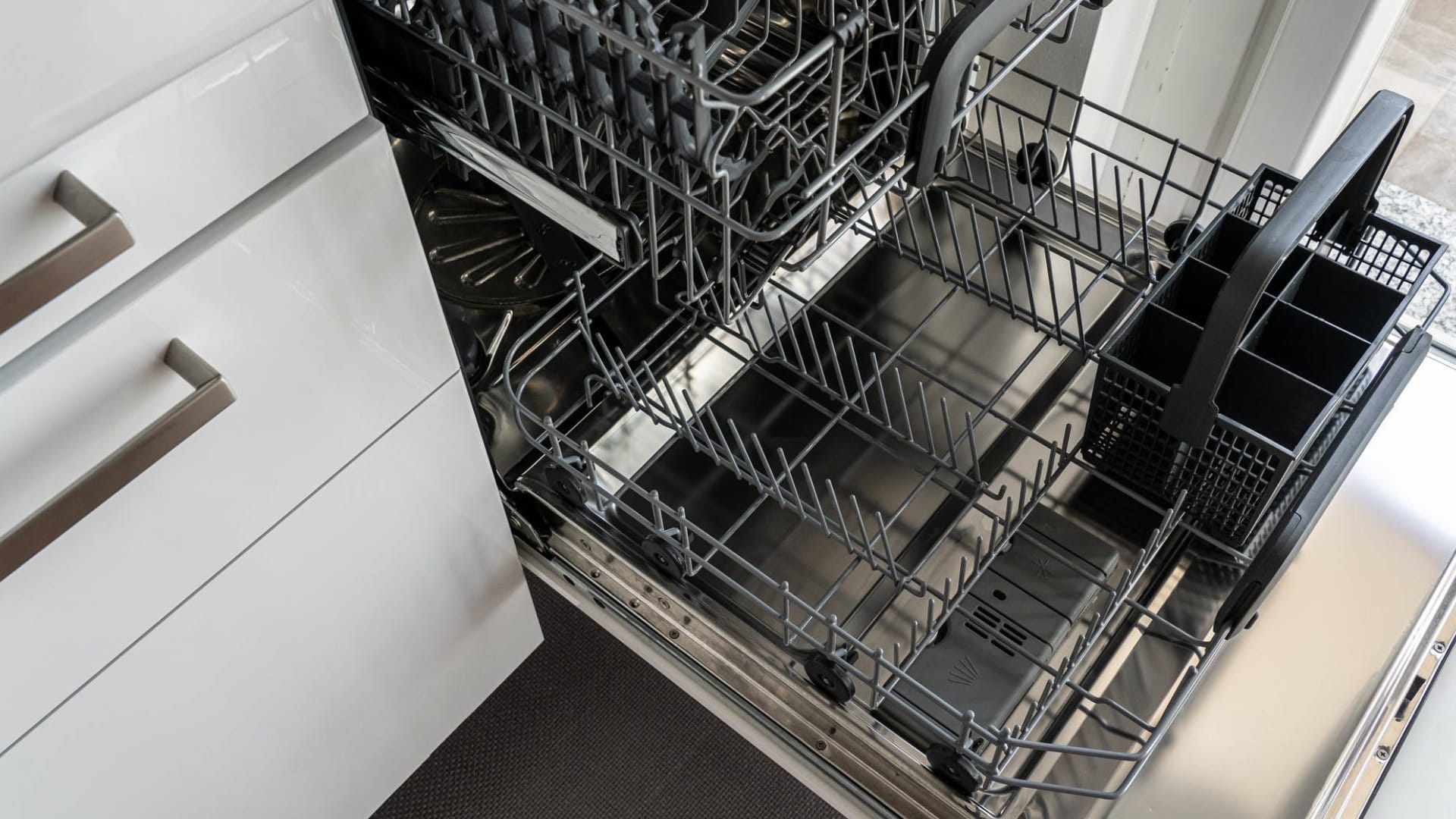
Credit: academy.fredsappliance.com
Addressing Drainage Problems
Is your Whirlpool dishwasher not draining properly? This can be frustrating. Yet, many drainage issues have simple solutions. Often, blockages cause these problems. Addressing them can restore your dishwasher’s function. Below are steps to troubleshoot common drainage problems.
Checking The Drain Hose
The drain hose is vital for water flow. First, locate the hose. It’s usually under the sink. Ensure it’s not kinked or bent. A blocked hose can prevent water from draining. Detach the hose and inspect it. Clear any debris found inside. Reattach securely to avoid leaks.
Inspecting The Air Gap
The air gap prevents backflow into the dishwasher. It’s a small device near the sink. Remove the cover and check for blockages. Food particles often clog the air gap. Use a brush or toothpick to clean it. Ensure the air gap is clear for proper drainage.
Clearing The Garbage Disposal
The garbage disposal can affect your dishwasher. Often, blockages in the disposal cause drainage issues. Ensure the disposal is clear of debris. Run water and activate the disposal. This ensures no blockage remains. Check the knockout plug if recently installed. Remove it if still in place.
Handling Electrical Issues
Handling electrical issues in your Whirlpool dishwasher can be simple. Understanding common problems is key. You can save time and avoid stress with some basic troubleshooting. Below are steps to handle electrical issues effectively.
Resetting The Circuit Breaker
First, locate your home’s electrical panel. Open the panel and look for the circuit labeled ‘Dishwasher’. Flip the breaker switch to the ‘off’ position. Wait for about 5 minutes. Now, switch it back to the ‘on’ position. This process resets the circuit. Often, this resolves minor electrical glitches.
Replacing The Fuse
If the dishwasher remains unresponsive, check the fuse. Find the fuse box and identify the dishwasher fuse. Carefully remove the fuse. Inspect it for visible damage. If it looks burnt or broken, replace it with a new one. Ensure the new fuse matches the old one’s specifications. This can restore power to your appliance.
Inspecting The Control Panel
Examine the dishwasher’s control panel for signs of damage. Look for loose buttons or unlit displays. A malfunctioning control panel can prevent the dishwasher from working. Tighten any loose connections you find. If problems persist, the control panel might need repair or replacement. Contact a professional for further assistance.
Resolving Noise Concerns
Experiencing unusual sounds from your Whirlpool dishwasher? Identifying the noise source can often resolve the issue. Check for obstructions in the spray arms or loose items within the dishwasher. Regular maintenance ensures quieter operation.
If your Whirlpool dishwasher has recently developed a mysterious noise, you’re not alone. Many dishwasher users encounter this issue, and it’s crucial to address it promptly. Ignoring these sounds can lead to more significant problems down the road. Let’s dive into resolving noise concerns, focusing on identifying the source, tightening loose parts, and replacing worn components.Identifying The Source Of Noise
Start by listening carefully to your dishwasher. Is the noise coming from the bottom, the sides, or perhaps the top rack? A grinding sound might point to the motor, while a thumping noise could indicate a loose spray arm. Check if there’s anything trapped in the filter or the drain. Small objects can easily get caught and create noise during operation. Use a flashlight to inspect these areas, and remove any debris you find.Tightening Loose Parts
Loose parts are often the culprits behind those annoying rattles and clinks. Check the screws and bolts inside your dishwasher to ensure they’re tightly fastened. The spray arms, for example, should spin freely without wobbling. If they seem loose, tighten them with a screwdriver. Have you noticed that your dishwasher door isn’t closing as snugly as it used to? Examine the door latch and hinges for any signs of wear and tighten them as needed.Replacing Worn Components
Over time, certain parts of your dishwasher may wear out and need replacing. The rubber seals, or gaskets, often degrade, leading to noise and leaks. Inspect these seals for cracks or brittleness, and replace them if necessary. The motor and pump are critical components that can also cause noise when worn. If you’ve tried tightening and cleaning without success, it might be time to replace these parts. Consult your dishwasher’s manual for guidance or consider reaching out to a professional if you’re unsure. Have you ever taken apart a household appliance before? Replacing components can be daunting, but with patience and the right tools, it’s entirely achievable. Don’t hesitate to ask for help or seek online tutorials if you find yourself stuck. Resolving noise issues in your Whirlpool dishwasher isn’t just about peace and quiet. It’s about ensuring your appliance runs efficiently for years to come. What steps will you take today to silence that dishwasher and restore harmony to your kitchen?Professional Assistance
Sometimes, a Whirlpool dishwasher problem needs expert help. While some issues are easy to fix, others require professional attention. Seeking help ensures that your dishwasher runs smoothly. It also prevents further damage.
When To Call A Technician
Strange noises from the dishwasher? Call a technician. Water leaking onto the floor? Contact a professional. Dishes coming out dirty or wet can signal bigger problems. If the dishwasher doesn’t start, it’s time for expert help. Faulty wiring or plumbing issues are best left to professionals. A technician can diagnose complex problems quickly.
Finding Reliable Service
Find a trustworthy service to fix your Whirlpool dishwasher. Look for companies with good reviews. Check online feedback from past customers. Ask friends for recommendations. Choose a service with certified technicians. Ensure they have experience with Whirlpool appliances. This guarantees quality repair work. Confirm they offer a warranty on repairs. A warranty protects you from future issues.
Credit: www.reddit.com
Preventive Maintenance Tips
Regular checks on your Whirlpool dishwasher can prevent common issues. Clean the filter monthly to ensure smooth operation. Inspect spray arms for blockages to maintain optimal washing performance.
Preventive maintenance keeps your Whirlpool dishwasher running smoothly. It reduces breakdowns and extends its life. Simple steps can make a big difference. Follow these tips for best results.Regular Cleaning Routine
Clean your dishwasher monthly. Remove food debris from the filter. Wipe the door seals with a damp cloth. This prevents buildup and keeps odors away. Run an empty cycle with vinegar. It removes hard water deposits. Ensure the spray arms are clear. This ensures proper water flow.Using The Right Detergents
Use detergents specifically for dishwashers. Check for the right amount on the label. Too much detergent causes residue. Too little might not clean effectively. Avoid using regular dish soap. It creates suds and can damage your machine.Avoiding Overloading
Do not overfill your dishwasher. Overloading prevents proper cleaning. Leave space between dishes for water flow. Place larger items on the sides or back. This ensures everything gets cleaned. Follow the manufacturer’s loading guidelines for best results.Frequently Asked Questions
Why Is My Whirlpool Dishwasher Not Starting?
Check the power supply. Ensure the door is securely closed. Look at the control settings. Reset the machine.
How Do I Fix A Leaking Whirlpool Dishwasher?
Inspect door seals for damage. Clean the seals. Check for clogs in the drain. Tighten hose connections.
What Causes Whirlpool Dishwasher To Not Drain?
Clogged filters can block drainage. Check the drain hose for obstructions. Clean the pump. Clear the air gap.
Why Does My Whirlpool Dishwasher Make Loud Noises?
Loose items can rattle. Check for obstructions in the spray arms. Inspect the motor. Lubricate moving parts.
How Can I Improve Whirlpool Dishwasher Cleaning Performance?
Use recommended detergents. Clean filters regularly. Avoid overloading. Check water temperature settings. Adjust spray arms.
Conclusion
Solving Whirlpool dishwasher issues can save time and stress. Start with basic checks. Power, door latch, and filters often cause problems. Clean filters regularly to prevent blockages. Check water supply and drain line. These simple steps fix many issues. Persistent problems need professional help.
Experts ensure safe, effective repairs. Regular maintenance keeps your dishwasher running smoothly. It lasts longer and works better. A little care goes a long way. Keep these tips handy for quick troubleshooting. Enjoy hassle-free dishwashing every day.


